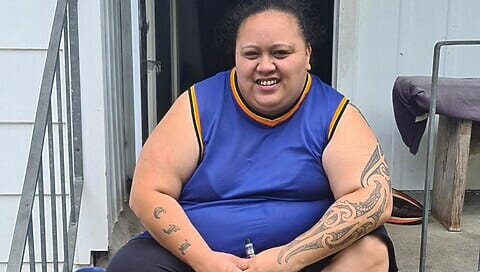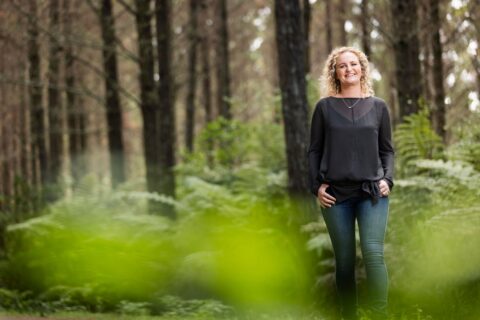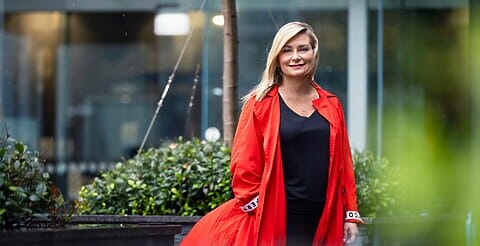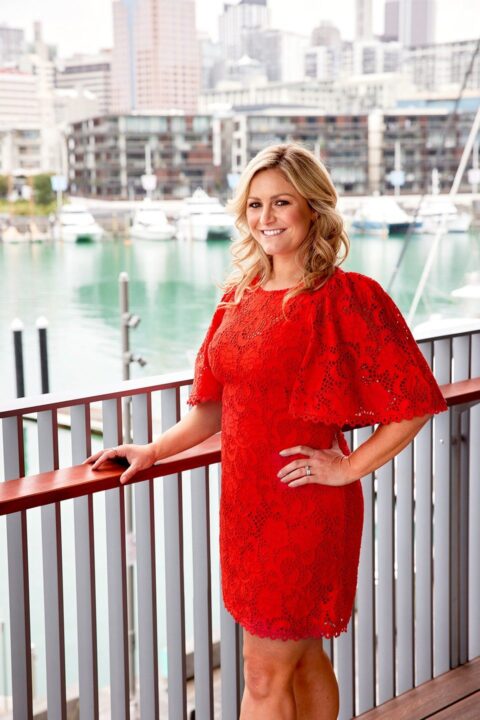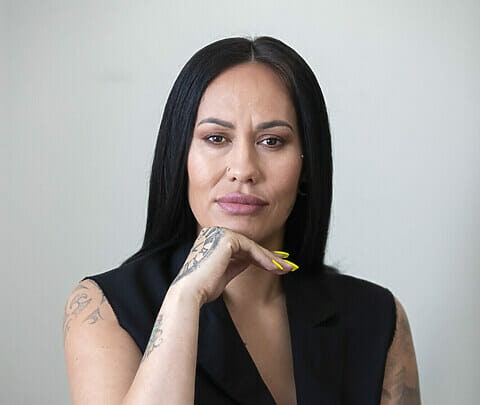Although she has written extensively about other people; brilliant biographies on artists and writers, expatriate New Zealanders whose lives under her penship have been honoured and tenderly understood. Joanne Drayton this month publishes a memoir about her own life. The Queen’s Wife is a funny and unconventional love story that is also a quest for family identity and a terrific read. Here she writes for WOMAN+ about the genesis of that story and how a true love affair changed the course of her life.
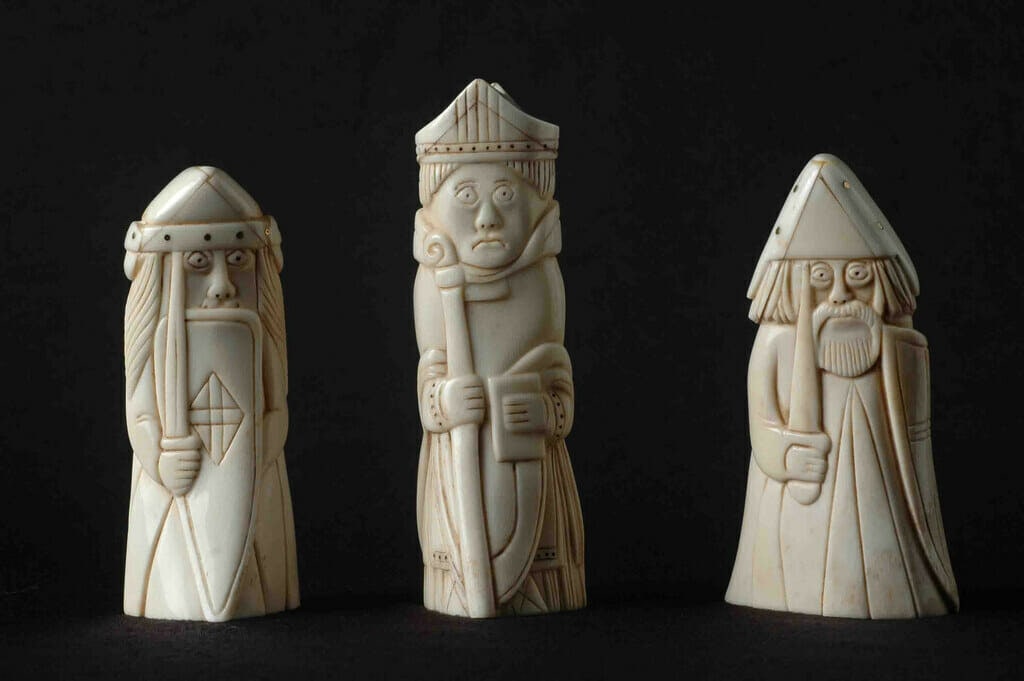
Today is Valentine’s Day and the last day, hopefully, of Gabrielle’s severe battering of storm-damaged New Zealand. Love and storms. Concepts at odds, or at least they seem to be. ‘I give you an onion,’ ex-UK-poet-laureate Carol Ann Duffy writes in her poem Valentine. An eye-watering Valentine’s gift—an onion—given instead of a bunch of red roses or a satin love heart. Duffy’s poem peels back the tired yet comfortable metaphors, challenging notions of romantic love.
If I were to give my Valentine, Sue, a symbolic gift tonight at dinner, then it might be a storm just like the one that’s still rattling windows, tearing at trees and turning people’s lives upside down. ‘I give you a storm’, I could say to her, with its dangerousness, and mad all-consuming intensity. And if I did, Sue would know exactly what I meant. Like you do when someone offers you a red rose, or a love heart.
I guess the circumstances of our meeting made storms almost inevitable. We met at Canterbury University, in Christchurch, in 1989. I was a mature-student seeking intellectual asylum. Sue had ambitions to be a painter.
We had both been at home raising two children each, for the last seven years. University was our yellow-brick-road to adult conversation and the world of ideas and creativity. I was studying art history, with the idea that I might do an MA in the subject, and Sue was taking it as part of her Fine Arts degree. Sue had already completed a design diploma and, I, a BA in English and History. This was our second bite at the academic apple.
Our meeting probably was the perfect storm. We were two women roughly the same age, isolated in our suburban homes, hungry for adult company and desperate to claw back a little of our old selves from the bottomless chasm of motherhood. We weren’t looking for anything more than friendship, but in that mad mix of elements was the potential for much more. Our lives wove themselves together naturally as they do when you meet a kindred spirit. The children (aged between four and seven years old) ran wild, as if they had always been friends. They played together at university, at exhibition openings, when we visited museums, parks, gardens, swimming pools and at our homes. And we were together, too.
We loved our children, we loved art and literature, and ultimately, we came to love each other.
But love between two women was not something I had been brought up to regard positively. Marriage was the only option I had seriously entertained. My parents talked in hushed tones about women who failed to find a mate. These unfortunates, called spinsters, lived on shelves, and their whole existence was a sad, dusty waiting. They were observers, by-standers rather than participants in life. Lesbians, of course, were unspeakably worse. They didn’t just fail to find a mate: they were twisted enough not to look for one! This wasn’t me. I wanted to be a fully enfranchised citizen. So, I wed an Anglican minister.
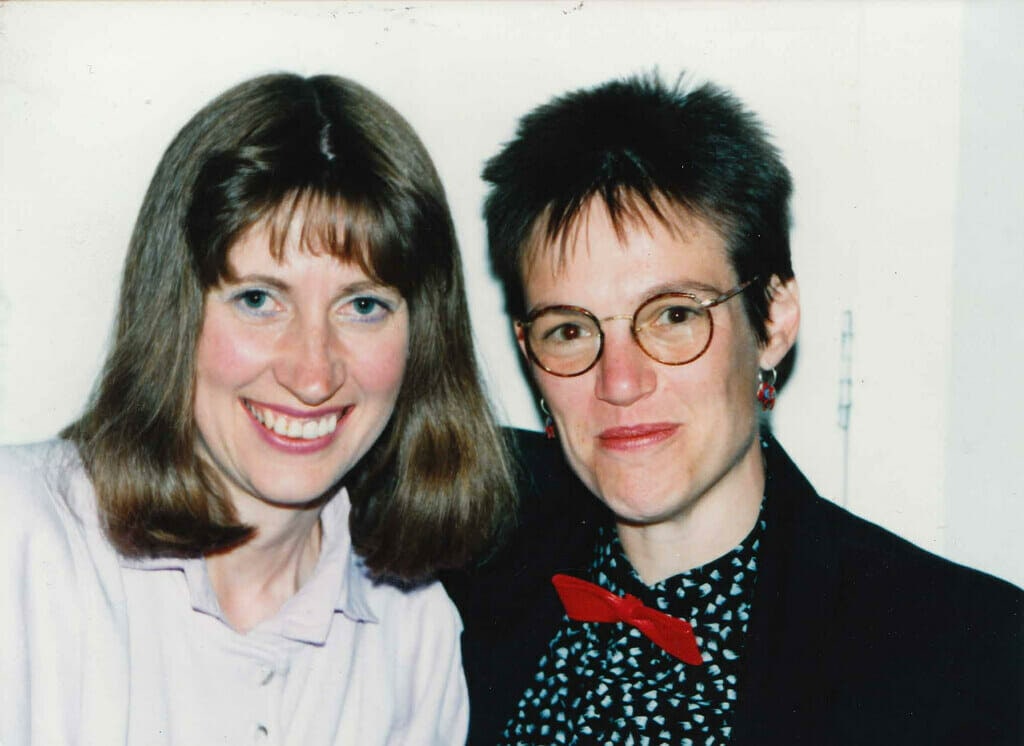
The storm raged. Inside my head, when I was bruised and buffeted by my own internalized homophobia and guilt, and outside when our love affair was publicly exposed. The way it felt cannot, for me, be more succinctly communicated than it is in The Queen’s Wife.
Before, I was a wife and mother: benign, wholesome, good. Now I was heinous. Overnight I fell from grace. Even I had thought that my coming out might change me. I had hoped there would be some shift. Not necessarily detectable when you looked in the mirror, but a deep-down change. Disappointingly, there was just the same old me looking back. But what did shift on its axis was the way I was perceived. The dizzying fall from an ex- minister’s wife to lesbian vamp would not have seemed much less quantum than Satan’s own fall. That thump when you hit rock bottom in everyone’s estimation is a moment of absolute clarity, when you see yourself stripped bare of all illusion …

Inside was the void and outside the nakedness. When your identity has been liquidated, you either accept your empty invisibility or you fight it. If you take on the struggle to reconstruct ‘self’, then it is a brutalising battle waged under the glaring white-light of absolute honesty. There are no deceptions left. Sue and I would both make this journey to reimagine our identities. It would become an unlocking and a discovery. But in the meantime the imperative was simply to survive.
And survive we did, for over 30 years … however it was anything but easy, and I guess that’s what prompted me, in part, to write The Queen’s Wife. The metaphor that underpins it—the game of chess—predates the book. While I was lecturing in art and design history at Unitec, I began carving a chess set based on the Lewis Chessmen. I started this project in order to have an art practice—bone carving—and these ancient Viking pieces had always intrigued me. I naively thought this might help me keep my job. But alas, no. When Unitec laid off most of its design staff in 2014, I was among them.
In the chaos of the ‘who am I now?’ and ‘where am I going?’, I began writing The Queen’s Wife. When I set out on a walk from Waterview to the Auckland War Memorial Museum on All Hallow’s Eve in 2014, I penned the Prelude on a small pad that sat in the palm of my hand. I didn’t know what shape the book would take or that this was the beginning. But I liked the way it made me feel, and I knew I wanted to go on. Writing became cathartic. A sigh, an exhaling of breath that exorcised ghosts, and satisfied as well as saddened.
I wanted readers to laugh at the things we had laughed at. I wanted them to know that love and storms often arrive together. This is universal, but especially true of lesbian love that has traditionally been dismissed, ridiculed, even persecuted. And still is. I wanted to write a story that would have helped the youthful me make better choices and understand relationships in a more expansive way. And, see ‘Love,’ as Maya Angelou writes, as something that, ‘recognises no barriers. [That] jumps hurdles, leaps, fences, penetrates walls to arrive at its destination full of hope.’




